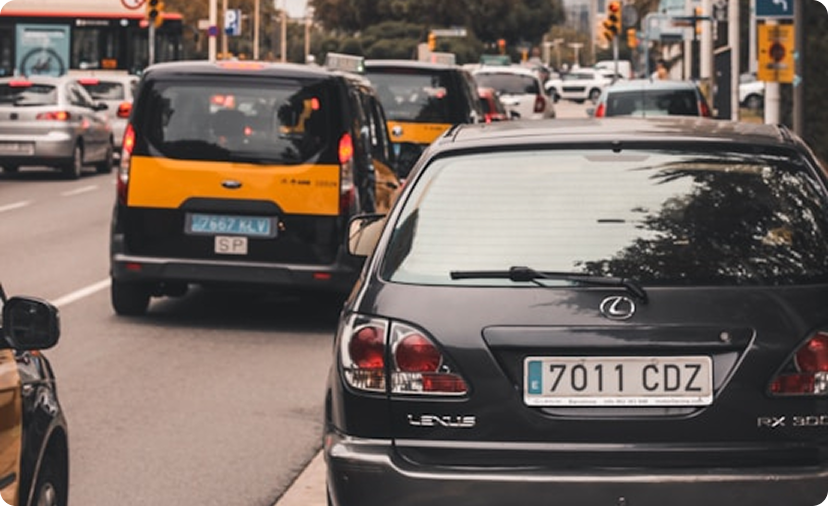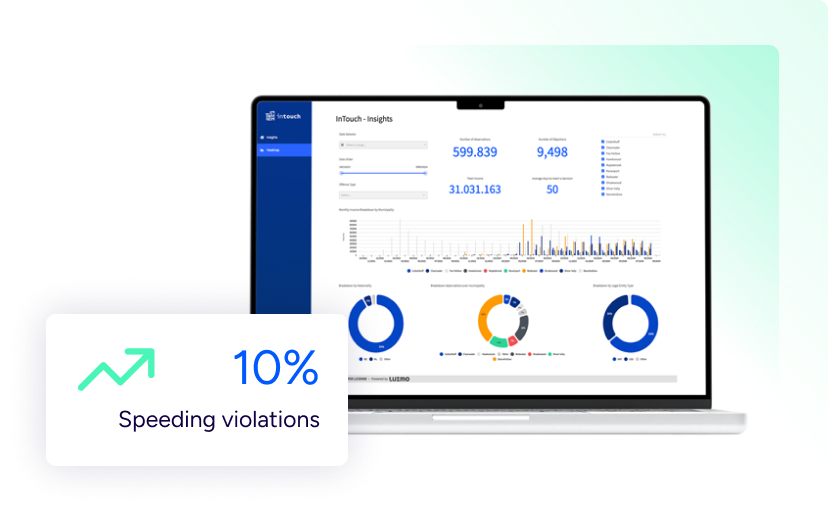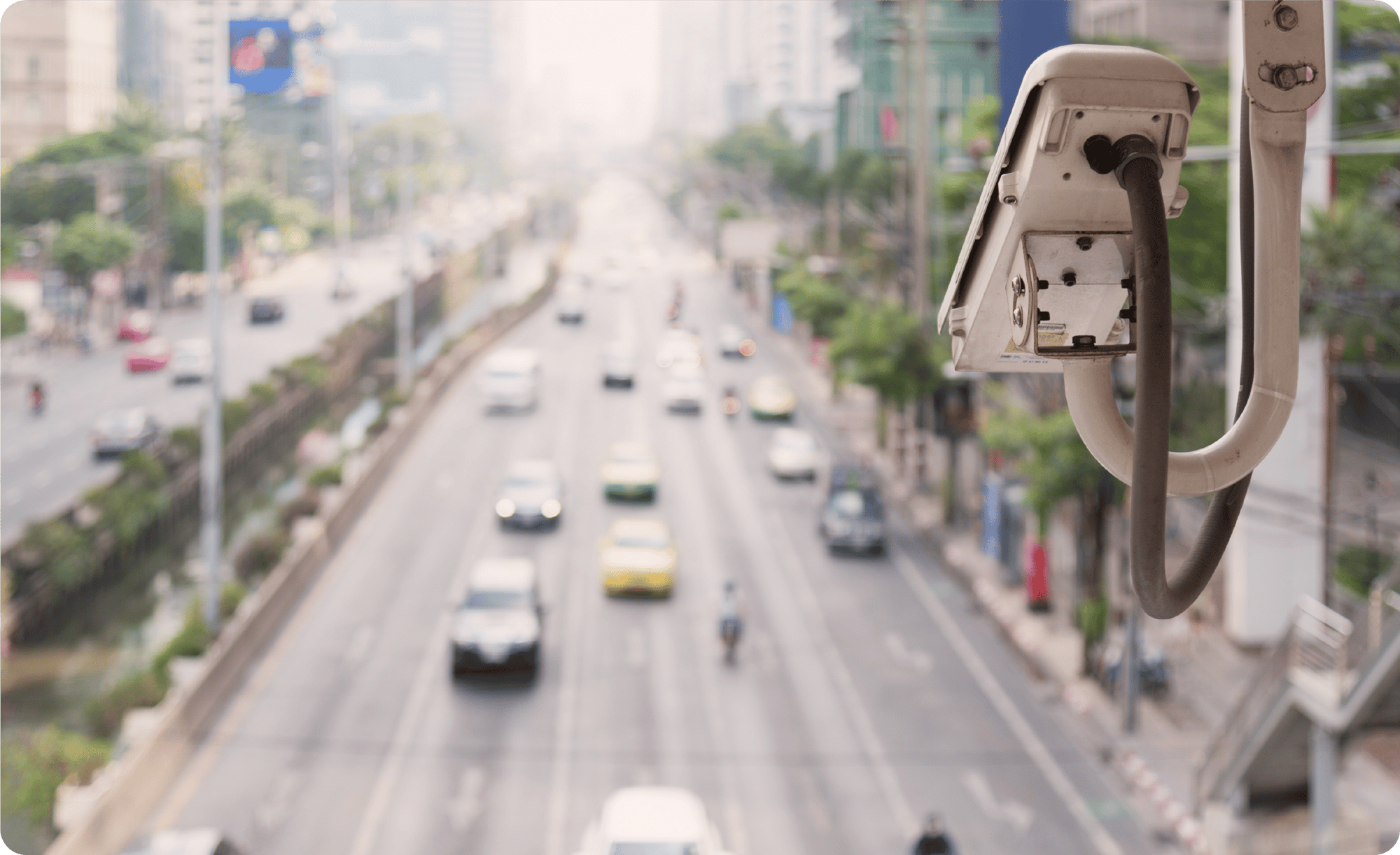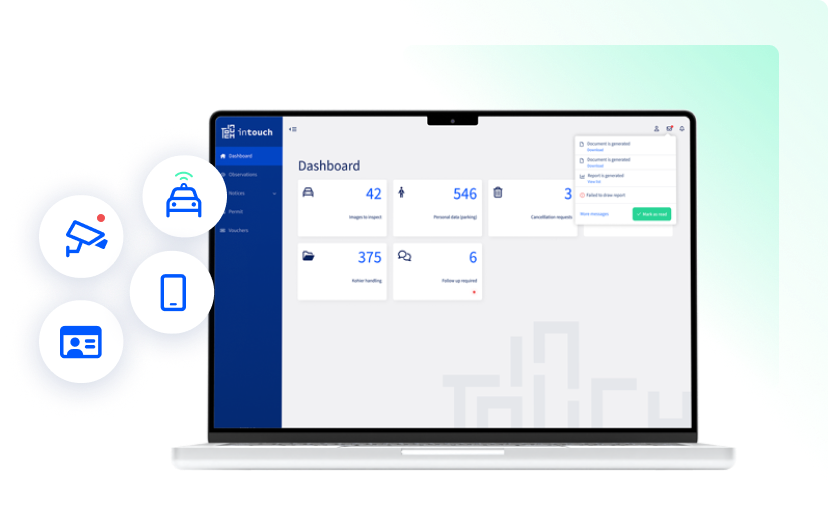Every year, traffic violations cause chaos—accidents, bottlenecks, and a whole lot of paperwork. And let’s be honest: manual enforcement? It’s like using a flip phone in the age of smartphones. Officers are stuck watching footage, writing tickets, and dealing with angry drivers who swear they “definitely didn’t run that red light.” (Sure, Dave.)
Automated traffic enforcement is the glow-up your city’s been waiting for. With AI-powered monitoring, speed cameras, and cloud-based platforms, municipalities can ditch the paperwork and embrace efficiency, fairness, and safer roads.
Let’s break it down.
What is it automated traffic enforcement?
Traditionally, officers had to review grainy footage in slow motion like it’s a crime thriller. And got a mountain of paperwork at the end of it. With automation, the process is instant, accurate, and scalable.
Using cameras, sensors, artificial intelligence (AI), and real-time data processing, these systems keep a city’s traffic in check, 24/7. They spot violations like speeding or red-light running, collect evidence, issue digital fines, and log everything for future reference. Fast. Reliable. No room for bias.
The tech that makes automated traffic enforcement tick
An effective automated enforcement system is like a symphony—each part plays its role perfectly. Let’s meet the players:
Speed camera's and red-light cameras 🚦
The OGs of traffic enforcement—only smarter. Speed cameras use radar or lidar to catch vehicles going over the limit, while red-light cameras snap crystal-clear shots of red-light runners. These aren’t your grainy, guesswork photos from the early 2000s. We’re talking timestamped, high-res, court-ready footage.

And yes, they work. Studies show red-light cameras can reduce intersection crashes by up to 40%.
AI-powered monitoring & smart city integration 🏙️
This is where things go full sci-fi—in the best way. AI can now detect risky driver behavior and even predict violations before they happen, by analyzing patterns in traffic flow. Better yet, these systems integrate with your city’s broader smart infrastructure, ensuring your enforcement tools are talking to planning departments, traffic lights, and everything in between.

License Plate Recognition (LPR) technology 🔍
LPR tech is the digital equivalent of perfect vision and a photographic memory. It reads plates at high speed—even in poor lighting or bad weather—and cross-references them against databases to spot repeat offenders or unpaid fines. No slip-ups, no blurred lines.

Cloud-based violation tracking systems ☁️
Modern enforcement doesn’t live in filing cabinets. Today’s systems log everything in the cloud, making records easy to access, analyze, and act on. For city officials, it’s a data goldmine—offering real-time insights into compliance trends, traffic patterns, and areas that need attention.

Benefits of automated traffic enforcement
This isn’t just about catching rule-breakers. It’s about creating a traffic ecosystem that works for everyone—drivers, pedestrians, and city officials alike.
Automated traffic enforcement increases efficiency and drastically reduces costs. By cutting back on manual processing, cities can redirect police efforts to higher-priority incidents. Digital ticketing also accelerates fine collection, making enforcement more sustainable.
It also brings a major boost in accuracy. AI doesn’t get tired or distracted. It applies traffic laws consistently, removing the human error and bias that can plague traditional enforcement. High-definition images and precise timestamps reduce the chance of disputes and false positives.
There’s also a clear link between automation and road safety. Cities that adopt these systems report fewer crashes, especially at high-risk intersections. School zones become safer. Speeding becomes less common. When drivers know the rules are always being enforced—even at 3 a.m.—they drive differently.
And the results speak for themselves:
- Up to a 50% decrease in enforcement-related costs
- As much as a 30% drop in speeding violations
- More consistent behavior thanks to 24/7, AI-backed monitoring

Plus, automated enforcement simplifies the entire back end: payment portals streamine the process for citizens, cloud-based systems manage appeals and reporting effortlessly and cities can reinvest fine revenue into public safety initiatives.
Challenges & considerations for implementation
Even smart systems need thoughtful planning. One of the biggest hurdles is public perception—especially around privacy. Automated enforcement involves cameras, data, and algorithms, and understandably, people want to know how their information is being used.
Cities must:
- Be transparent about data retention and security
- Clearly define who has access to what
- Communicate the purpose as safety, not surveillance
Legal compliance is another consideration. Regulations vary by country and region, with some jurisdictions requiring human review before tickets are issued. Partnering with legal advisors and policymakers from the outset is key to ensuring everything runs smoothly—and lawfully.
Initial costs can be substantial, but:
- Public-private partnerships can reduce the burden
- Phased rollouts allow for gradual investment
- Long-term operational savings make up for the upfront spend
And finally, every system should come with a safety net—fair appeal processes, independent review boards, and transparency at every step.
Future trends in traffic enforcement technology
Tech doesn’t stand still—and neither does enforcement.
Here’s what’s next:
- Predictive AI: anticipates violations based on traffic data
- IoT integration: connects enforcement tools to smart infrastructure
- Autonomous vehicle compliance: systems that talk directly to cars
- Blockchain: tamper-proof violation records and smart contracts
In short: smarter systems, fewer violations, better cities.
Final thoughts (and why you should call us)
Automated traffic enforcement isn’t just a tech upgrade—it’s a shift toward smarter, safer cities. It frees up resources, boosts compliance, and builds public trust. And with InTouch, you don’t just get a system. You get a solution that’s fast, fair, and future-ready.
So if your city is still stuck in manual mode, it’s time to rethink enforcement.
Contact us today to discover how InTouch’s smart enforcement technology can help your municipality improve compliance and efficiency.





